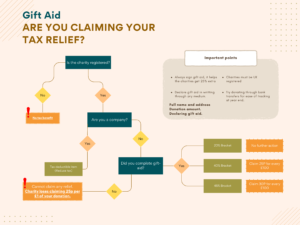Mortgage Interest Restrictions in the UK: A Comprehensive Guide
The landscape of mortgage interest tax relief for landlords in the UK has undergone significant changes in recent years. These changes, introduced under Section 24 of the Finance (No. 2) Act 2015, have had a profound impact on how landlords manage their finances and tax liabilities. This article provides a detailed overview of these restrictions and their implications.
Background
The changes to mortgage interest tax relief were phased in from April 2017 and fully implemented by April 2020. Prior to these changes, landlords could deduct all their mortgage interest costs from their rental income, thereby reducing their taxable income. However, the new rules have introduced a tax credit system, which limits the amount of relief available.
Restriction Details
Under the new rules, landlords can no longer deduct all their mortgage interest costs from their rental income. Instead, they receive a tax credit based on 20% of their mortgage interest payments. This change primarily affects higher-rate taxpayers, who previously benefited from relief at their higher tax rates.
Phased Implementation
The restriction was introduced gradually over four years:
- 2017-2018: 75% of finance costs deductible, 25% given as a basic rate tax reduction.
- 2018-2019: 50% of finance costs deductible, 50% given as a basic rate tax reduction.
- 2019-2020: 25% of finance costs deductible, 75% given as a basic rate tax reduction.
- 2020-2021 onwards: 0% of finance costs deductible, 100% given as a basic rate tax reduction.
Calculation of Tax Credit
The tax credit is calculated at 20% of the lower of the following three amounts:
- Finance Costs: The total mortgage interest paid in the tax year.
- Property Business Profits: The profits of the property business in the tax year, after accounting for any losses brought forward.
- Adjusted Total Income: The individual’s total income (excluding savings and dividends) minus the personal allowance.
Impact on Landlords
The impact of these changes varies depending on the landlord’s tax bracket:
- Basic Rate Taxpayers: Generally unaffected, as they continue to receive full relief at their tax rate.
- Higher and Additional Rate Taxpayers: Significantly affected, as they now receive relief at the basic rate of 20%, rather than their higher tax rates.
Calculation Example
Here’s a simplified example to illustrate the impact:
- Rental Income: £15,000
- Mortgage Interest: £5,000
- Other Costs: £2,000
- Taxable Profit: £15,000 – £2,000 = £13,000
For a higher-rate taxpayer (40%):
- Tax on Profit: 40% of £13,000 = £5,200
- Tax Credit: 20% of £5,000 = £1,000
- Total Tax Payable: £5,200 – £1,000 = £4,200
Strategies for Landlords
Landlords may consider several strategies to mitigate the impact of these changes:
- Incorporation: Operating as a limited company, where mortgage interest is still fully deductible.
- Reviewing Portfolios: Selling less profitable properties or those with high mortgage costs.
- Increasing Rents: Passing on some of the increased tax costs to tenants.
Conclusion
The restriction on mortgage interest relief has significantly changed the landscape for UK landlords, particularly those in higher tax brackets. Understanding these changes and planning accordingly is crucial for effective property investment and tax management. Landlords should consider consulting with a tax professional to navigate these changes and optimize their tax positions.









